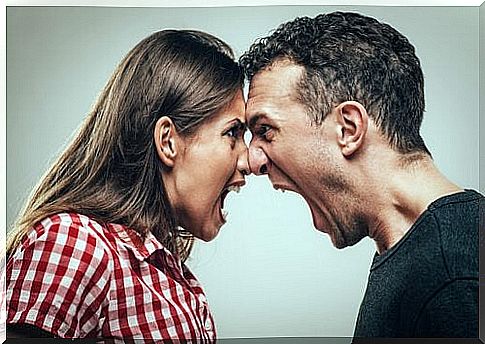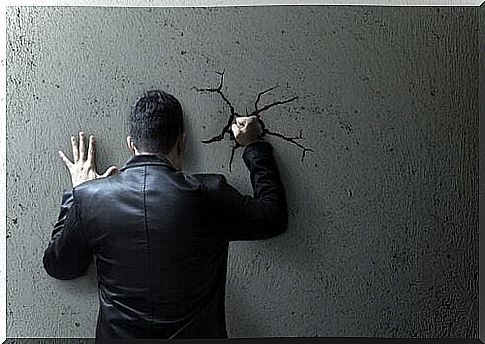How Does Psychology Explain Aggressive Behavior?

Aggression is present every day around us. We find it in the news, on the streets and on social media. It seems to be a natural human tendency, so that, to a greater or lesser degree, it would be in all people. Aggressive behavior manifests itself in many ways and there are theories that emphasize its adaptive value for our survival as a species.
Psychology has devoted a lot of time and work to the study of aggressive behavior, its causes, processes and consequences . There are covert or overt aggressive behaviors, direct or indirect, in word or deed, physical or verbal, psychological or relational.
Aggressive behaviors: hostile or instrumental
Broadly speaking, we can talk about two types of aggressive behavior. Hostile aggression and instrumental or predatory aggression. They differ, mainly, for their motivation.
They have different backgrounds, predict different problems, and are associated with different cognitive and emotional processes.
- Hostile aggression. It is an impulsive aggression, with the purpose of doing harm. It has a strong emotional charge. It’s a reactive aggression.
- Instrumental or predatory aggression. It’s premeditated and cold. The main objective is not to do harm. Despite harming, it hides other interests behind. It can be guided by stealing or gaining power. It is a planned aggression, whether out of revenge or interest.

Biology of aggressive behaviors
There doesn’t seem to be a direct correlation between genetics and aggressive behavior. In fact, it would be more an interaction between biological and environmental factors which makes us more prone to aggressiveness. On the other hand, we must think that aggression between human beings is very socially controlled.
Different types of aggressive behavior seem to originate in different brain areas. The amygdala, hippocampal formation, septal area, prefrontal cortex, and cingulate gyrus appear to shape aggressive behaviors through connections to the medial and lateral hypothalamus (Haller 2014).
A decrease in gray matter has been found in especially aggressive individuals. A combination of high levels of testosterone and low levels of cortisol has also been proposed as a stimulator of aggressive behavior .
Serotonin levels also play an important role in aggressive behavior, its manifestation and its control.
Innate drive or learned behavior
There is the neo-associationist theory, developed from Freud’s work by Berkowitz, which considers that the aggressive impulse is activated when the individual is prevented from reaching a desired goal. This leads to a negative affective state, which is what would lead to aggressive behavior in the individual.
We also have Bandura’s theory of social learning, which proposes that external influences stimulate aggressive behavior and integrate into our behavioral repertoire through imitation.
That is, we acquire the behavior by watching other people behave aggressively. This happens especially if the person being observed enjoys the sympathy of the learner and regards him as a peer. Observers also perceive that they get some benefit from aggressive behavior.
These are, basically, the two perspectives from which Anderson and Bushman start, who proposed an integration of both models. This third theory takes into account biological, environmental, psychological and social factors to explain aggressive behavior.
Aggression occurs due to an interaction of the individual’s personal characteristics with external stimuli that activate a set of cognitive and emotional processes.

Factors that anticipate or intervene in aggressive behavior
Among the factors that anticipate or intervene in aggressive behavior, we can highlight, among others, social instigators, non-social factors and the individual’s internal factors. Social instigators include triggers such as teasing, the perception of being treated unfairly, or social rejection.
Among the non-social instigators are aggressive focuses (images or objects present in the situation that trigger aggressive thoughts). It would be the case of the presence of weapons in a situation.
On the other hand, we find environmental stressors such as heat, overcrowding or loud noises that often act as triggers for aggressive behavior.
There are also cognitive factors involved in aggressive behavior. These would be recurrent negative thoughts, moral disconnect or activation of scripts or scripts (schemas that represent situations that drive aggressive behavior).
These scripts are repositories of memories of experiences and situations that are easily retrieved. In addition, they also store beliefs about what normal behavior should be under certain circumstances.








